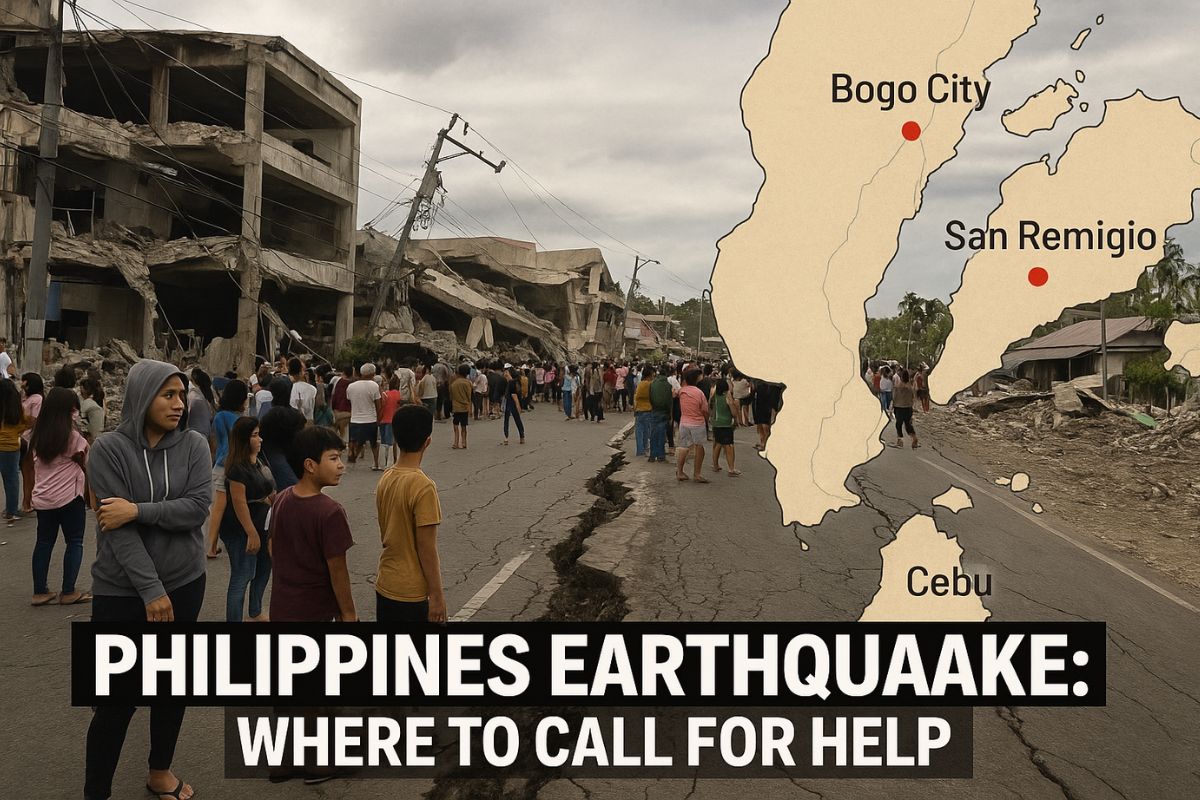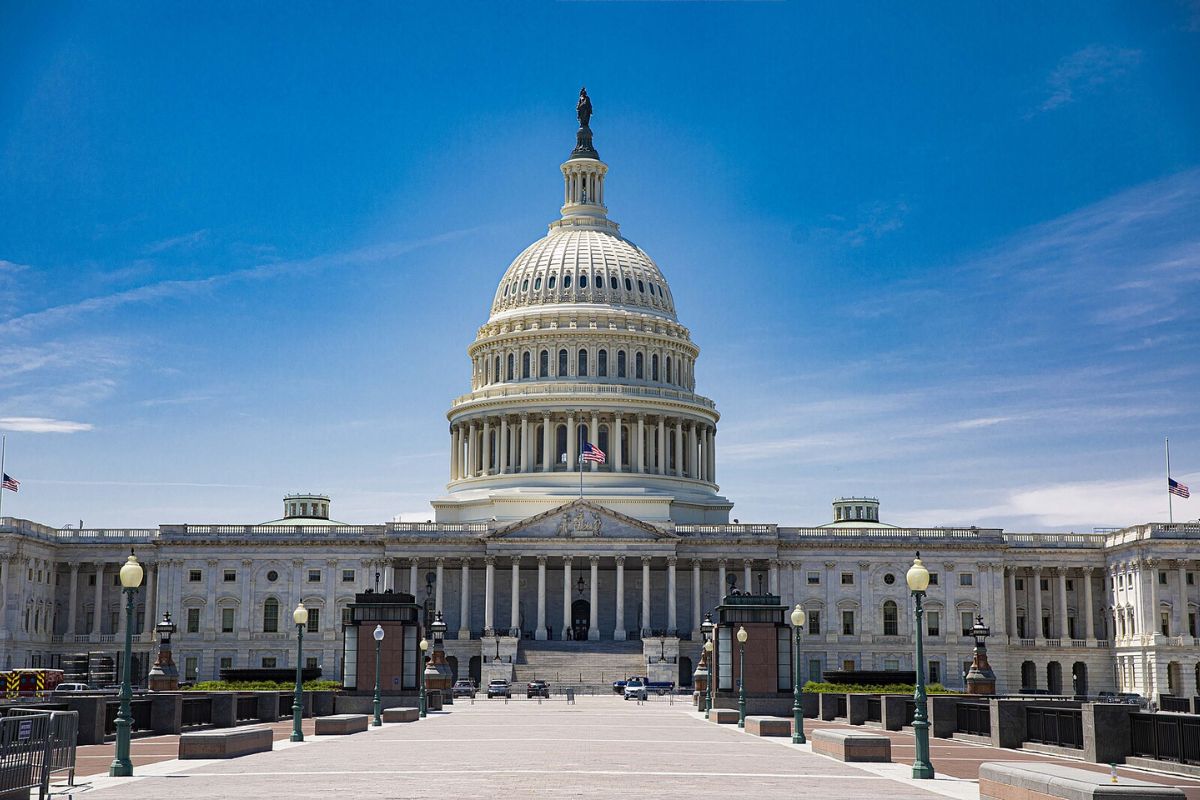Friday, May 3 marks World Press Freedom Day, dedicated this year to spotlighting the crucial role of journalism amidst escalating environmental crises. A report by UNESCO reveals that over 70% of environmental journalists have encountered attacks in the line of duty since 2009, highlighting the escalating threats faced by those covering the climate crisis.
In the past 15 years, at least 749 environmental journalists have endured violence and intimidation, with 44 reporters falling victim to murder between 2009 and 2023. Shockingly, only five convictions have been secured in these cases.
In recent years, environmental journalists have faced alarming levels of harassment, assault, and even murder. Research indicates that over the past two decades, dozens have been killed, making it one of the most perilous fields of journalism after-war reporting.
According to journalist Vince Beiser, author of “The World in a Grain: The Story of Sand and How it Transformed Civilization,” “The Indian sand mafia is getting rich, and the violence it brings continues to grow.”
Journalism professor Eric Freedman of Michigan State University highlights the impunity surrounding these crimes: “There has been no conviction, for example, for the murder of Colombian radio journalist María Efigenia Vásquez Astudillo, which occurred on October 8, 2017.”
“I hope that something we will see emerge from this approach is a more systematic and comprehensive effort to track threats, violence and attacks on environmental journalists so that we can better target our support and efforts to protect them,” said Meaghan Parker of the Society of Environmental Journalists in the USA.
“Amidst the triple planetary crisis, environmental journalists stand at the forefront,” emphasizes Andrew Raine, Deputy Director of the United Nations Environment Programme (UNEP) Law Division. “Accessing reliable, fact-checked information has never been more crucial.”
“Sustainable development is in jeopardy. The triple planetary crisis … the need to strengthen democracy, to tackle dis/misinformation on digital platforms, among other issues have become major challenges for humanity. The access to reliable information and the importance of strengthening independent environmental and scientific journalism is more critical than ever.
‘It is important to be very clear: independent journalists as well as scientists are crucial actors in helping our societies to separate facts from lies and manipulation in order to take informed decisions, including about environmental policies.’
Covering environmental issues is dangerous
“Covering environmental issues is perilous,” states the Committee to Protect Journalists (CPJ), highlighting it as the second most hazardous specialization, following armed conflict. “Being a ‘green journalist’ is akin to being a war correspondent.”
The majority of slain environmental journalists operated in Latin America, tackling topics like deforestation, poaching, agricultural practices, and river pollution from mining. “Brazil leads in journalist and environmental activist murders,” affirms Bernardo Motta, a member of the Society of Environmental Journalists (SEJ).
Joel Simon, CPJ’s executive director, underscores the hurdles faced by journalists covering environmental issues in developing countries, including economic interests, power struggles, crime, and corruption.
Investigating environmental matters can be as risky as probing cartels or criminal networks. Reporters globally, from Latin America to Asia, Africa, and Europe, have faced challenges in delving into illicit activities involving multinational corporations or influential entities.
Eric Freedman, studying the fate of environmental journalists in the former Soviet Union, adds, “There have been controversies surrounding extractive industries or development projects that have alarmed indigenous communities with little economic or political sway over their natural resources or lands.”
Since 2009, Reporters Without Borders (RSF) estimates that at least 15% of journalists killed worldwide annually were covering environmental issues.
Keep Reading
Heatwave takes a toll on women agricultural labourers in MP
Can Traditional Stepwells Help Curb the Water Crisis in MP?
PM Matsya Sampada Yojana falling short in Bhopal?
Low price, bad wheat procurement process angers farmers in Bhopal
Follow Ground Report for Environmental News From India. Connect with us on Facebook, Twitter, Koo App, Instagram, Whatsapp and YouTube. Write us on GReport2018@gmail.com and subscribe our free newsletter.









